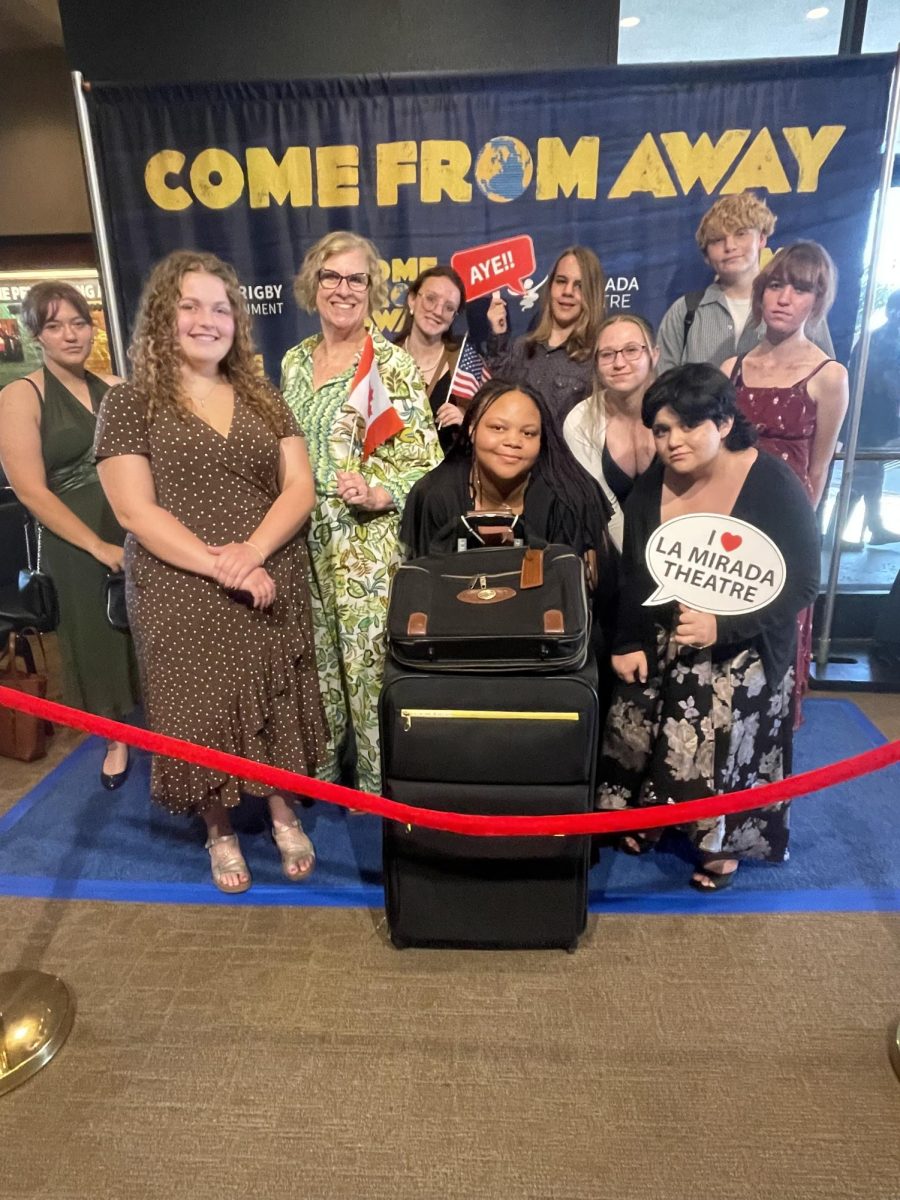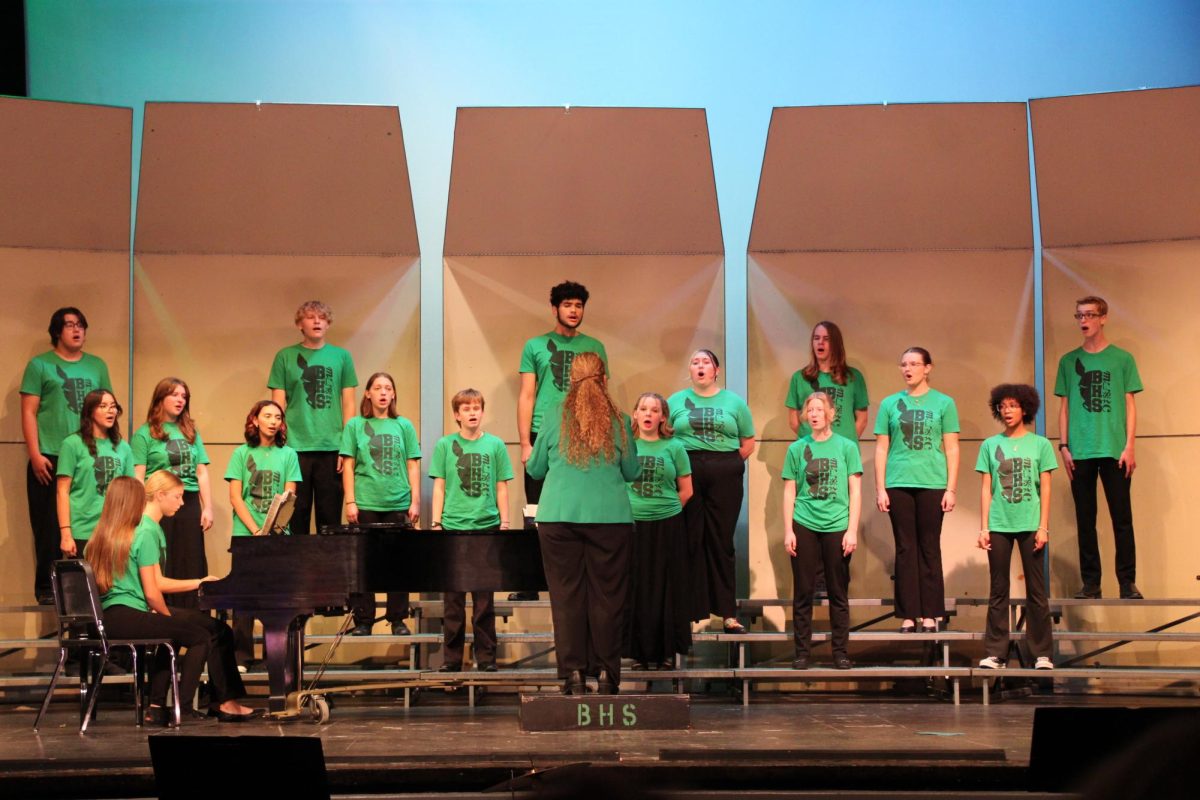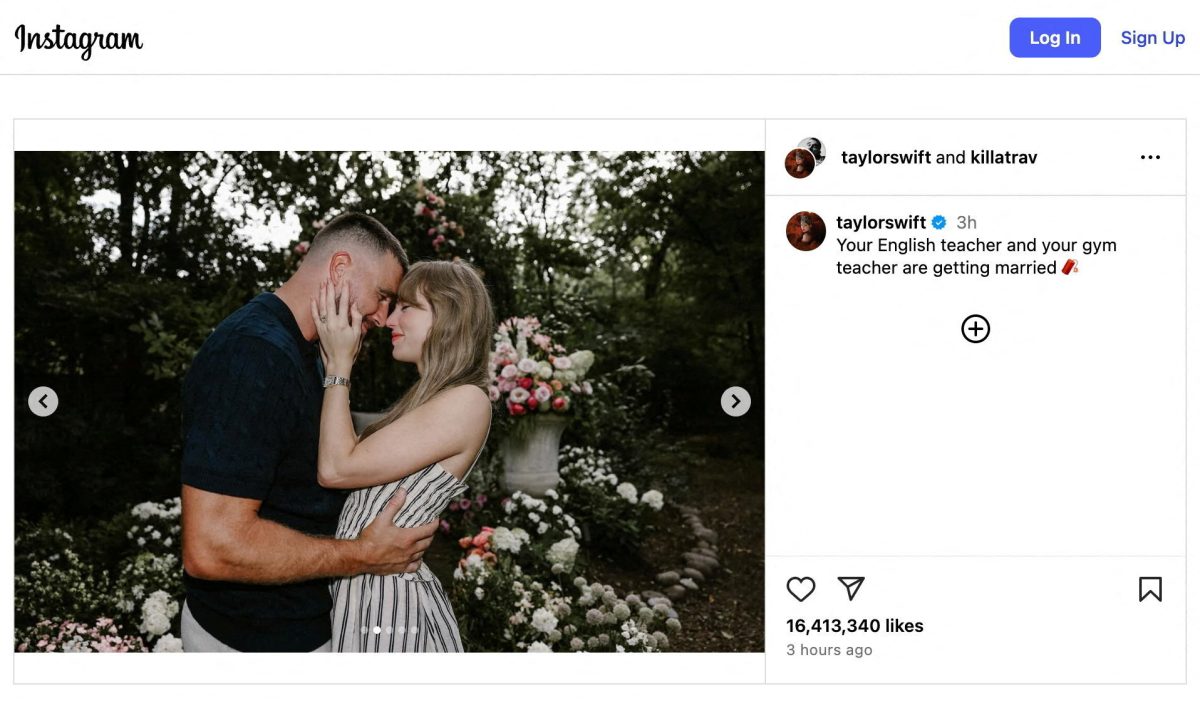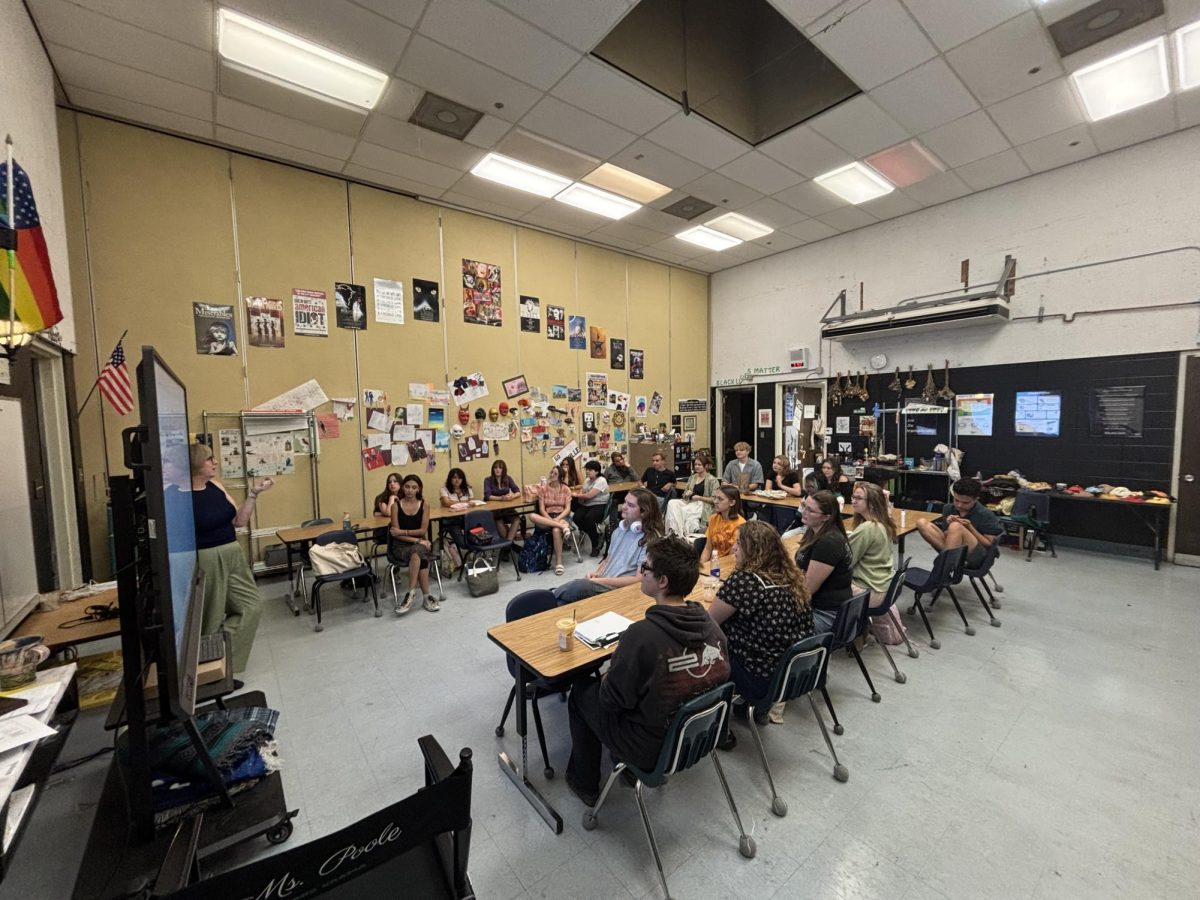Barbie has had a long history dating back to 1959. In the 64 years since the release of the original Barbie doll, many variations have made an appearance, but there has not been much representation until recently for women of color or women in STEM.
According to Mattel, Barbie has had over 200 different occupations, including fashion designer, nurse, and more recently, engineer.
In the past, Barbie was used to represent the “perfect” woman. Her blonde hair, blue eyes, and slim frame were unattainable beauty standards for most women, especially the young girls the dolls were marketed to.
Many young girls could not see themselves doing all these amazing things that Barbie did because she simply did not look like them.
Despite these past unrealistic beauty standards, Barbie now stands for all young girls. In 2015 Mattel made it their goal to be more inclusive and relatable. Mattel has released more inclusive Barbie dolls, including a Barbie with a hijab and a Barbie with Down’s syndrome, as well as ones with a range of skin tones, hairstyles, and body types.
With such progress coming alongside the live-action “Barbie” movie, Barbie has been reborn. She is represented in many diverse backgrounds, bodies, and occupations, bringing representation to young girls who couldn’t see themselves in the old Barbie doll. The revamp has truly allowed her to grow as a symbol of female empowerment.




